All Stories
-
 Health & Medicine
Health & MedicineTight spaces cause spreading cancer cells to divide improperly
Researchers are using rolled-up transparent nanomembranes to mimic tiny blood vessels and study how cancer cells divide in these tight spaces.
-
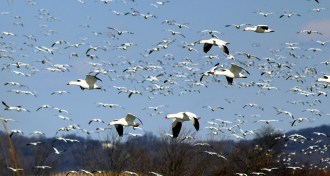 Quantum Physics
Quantum PhysicsQuantum fragility may help birds navigate
Birds’ internal compasses may rely on the delicate nature of the quantum world.
-
 Plants
Plants‘Lab Girl’ invites readers into hidden world of plants
In Lab Girl, geobiologist Hope Jahren reveals secret lives of plants — and scientists.
By Meghan Rosen -
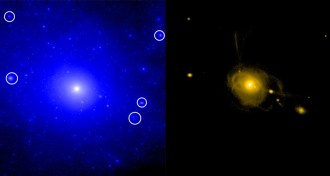 Astronomy
AstronomyPossible perp found in mystery of Milky Way’s missing galaxy pals
Billions of years of supernovas could explain why galaxies like the Milky Way have so few tiny companions and why those companions have so little mass.
-
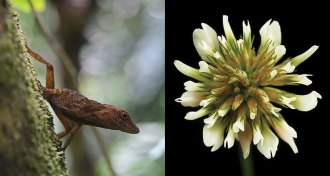 Life
LifeCities create accidental experiments in plant, animal evolution
To look for evolution in human-scale time, pick a city and watch a lizard. Or some clover.
By Susan Milius -
 Animals
AnimalsReptile scales share evolutionary origin with hair, feathers
Hair, scales and feathers arose from same ancestral appendage.
-
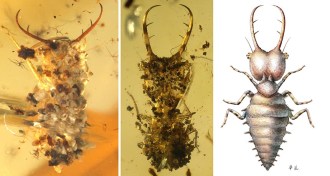 Animals
AnimalsInsect debris fashion goes back to the Cretaceous
Ancient insects covered themselves in dirt and vegetation just as modern ones do, fossils preserved in amber suggest.
-
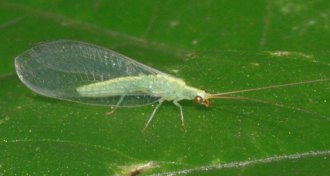 Animals
AnimalsBacteria make male lacewings disappear
Scientists have tracked down why some green lacewings in Japan produce only female offspring: Bacteria kill off all the males early in life.
-
 Planetary Science
Planetary ScienceEarth has a tiny tagalong, and no, it’s not a moon
Asteroid 2016 HO3 is a quasisatellite of Earth — orbiting the sun while never wandering far from our planet.
-
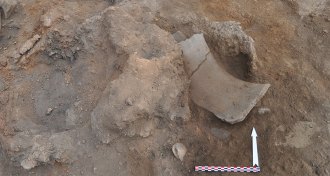 Archaeology
ArchaeologyAncient Europeans may have been first wine makers
A new chemical analysis uncovers the earliest known wine making in Europe.
By Bruce Bower -
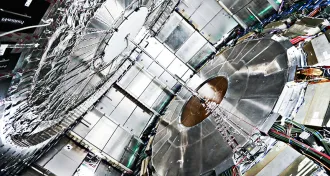 Particle Physics
Particle PhysicsHints of new particle rumored to fade, but data analysis continues
It’s still too early to know whether hints of a new particle are real, CERN scientists say.
-
 Psychology
PsychologyMoral dilemma could put brakes on driverless cars
Driverless cars race into a moral conflict over saving passengers or pedestrians.
By Bruce Bower